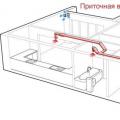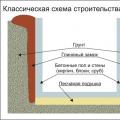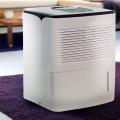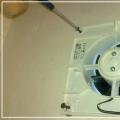If dampness appeared in the cellar, not everyone knows how to get rid of it. First of all, it is necessary to find out the causes of this phenomenon, because you can deal with the consequences, but soon moisture will still appear on the surface, which will lead to an increase in its concentration in the air. Because of this, the stocks of vegetables and fruits gradually deteriorate, the materials from which the cellar walls are made are destroyed. Having received an answer to the question of why it is damp in the room, you can get rid of the unpleasant consequences of this phenomenon forever. At the same time, stocks of products will remain for a long time.
Causes of dampness in the cellar
Such a nuisance can happen as a result of an increase in the level of air humidity, the formation of condensate on the surface, a leak at the junction of finishing materials or structural elements. All these factors are the result of larger problems. Common reasons for increased humidity in the cellar:
- Violation of the circulation of air flows. The main symptoms: stale air, the room becomes stuffy. Underground, and even more so at a significant depth, the natural circulation of air flows worsens, which leads to the accumulation of steam in the cellar. This is due to errors in the installation of the ventilation system. Even if at first nothing interfered with natural circulation, over time, during the operation of the cellar, communications become clogged with debris and foliage. Because of this, the intensity of air exchange is reduced.
- Answering the question why the air in the cellar is highly humidified, the probability of capillary penetration of liquid through the partitions of the structure that are in contact with the soil is also taken into account. The main reason for this is the violation of the tightness of the walls. It happens that all surfaces are covered with droplets, water drops appear in these places due to errors during the installation of the cellar foundation. As a result, the structure may collapse, which occurs due to the gradual deterioration of the quality of concrete.
- Incorrect waterproofing or its absence.
- Rising groundwater levels. The liquid rises in spring and autumn, which is due to frequent rains. If the drainage does not cope with the task of outflowing water, it will accumulate and stagnate on the cellar floor. This will lead to the appearance of an unpleasant odor, the products will deteriorate. The materials from which structural elements are made are exposed to negative impacts.
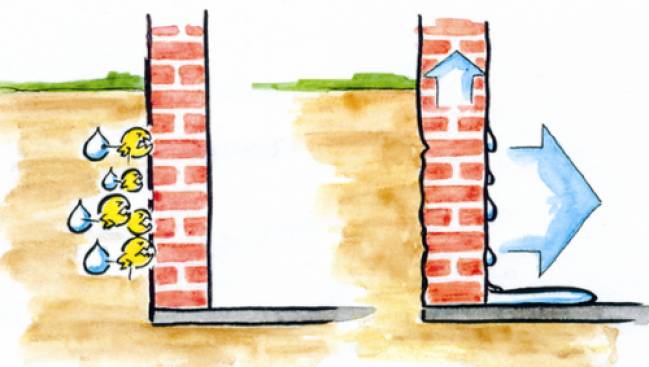
What is the danger of high humidity in the cellar
The first sign of a violation of the normal microclimate is condensation, followed by a musty, unpleasant smell in the room. Based on these signs, it can be assumed that such an indicator as the humidity in the basement has changed. The negative consequences of this phenomenon:
- in humid conditions, mold and fungus intensively develop;
- the temperature regime in the room changes;
- in conditions of high humidity, an increase in the number of harmful microorganisms is noted;
- regular contact with water can lead to the destruction of the structure;
- if a fine finish is made in the cellar, the materials lose their properties under the influence of moisture;
- if the wall, floor or space under the floor often becomes damp, food can also become damp, as a result, it will be much more difficult to preserve vegetables;
- the appearance of rust on metal communications.
The fight against dampness in the basement should be carried out by complex methods. If you eliminate the obvious cause of condensation, but ignore the accompanying factors (inefficient ventilation, flooding during the rainy period), soon the negative phenomena will appear again.
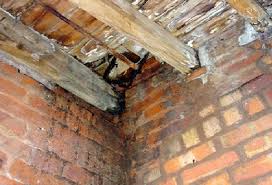
Fighting mold fungus
Two conditions under which mold develops: blocked access to oxygen, high humidity levels. It is important to eliminate these factors, for which they improve or repair the existing ventilation system. Dehumidifiers (building hair dryer, heat gun) will help get rid of moisture in the cellar. An antifungal agent has a negative effect on mold. With its help, wooden, brick, concrete surfaces are treated. If, for various reasons, a high level of humidity could not be lowered, substances based on sulfur, chlorine or acid are periodically used.
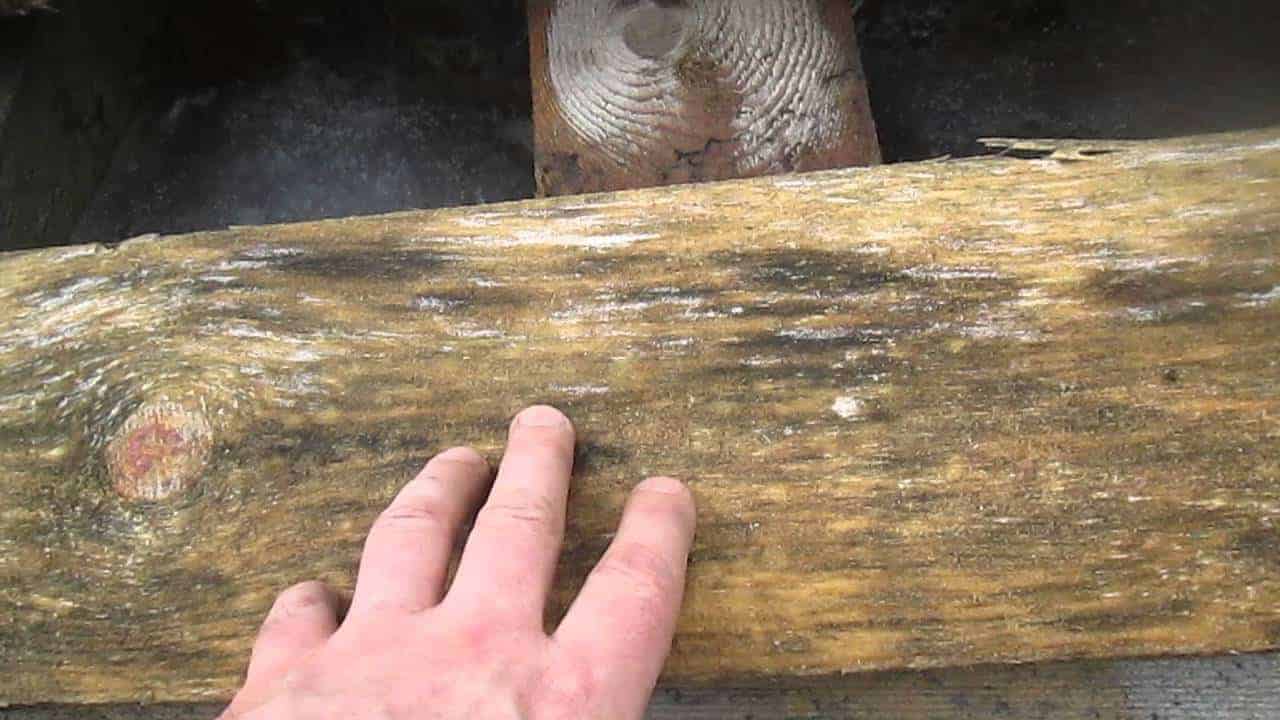
How to remove dampness and humidity in the basement
An integrated method of struggle involves the need for the simultaneous use of waterproofing materials, air dryers, and also requires the installation of a ventilation system. Measures are being taken to divert groundwater. However, any work begins with the removal of the effects of moisture. Surfaces must be dried properly. There are several ways to eliminate dampness and water
- the use of a building hair dryer;
- drying surfaces with a heat gun;
- arrangement of drainage for the removal of accumulated water: clay, crushed stone, sand;
- pumping out liquid by means of pumping equipment, for which a pit with a waterproof cylindrical sleeve is preliminarily equipped.
If the question is how to dry the cellar, it is not always necessary to consider all methods at the same time. The most suitable one is selected, taking into account the intensity of leakage or the volume of water. If there is little liquid, drying is carried out with special equipment. In case of severe flooding, the last two methods are considered. Only in this case it is not enough just to remove excess water. After performing these works, it is necessary to use dehumidifiers.
When the level of humidity in the basement is lowered, they proceed to the next stage, which is to eliminate the cause of the change in the microclimate in the room. For this purpose, work is being carried out to restore protective coatings: internal and external waterproofing. The load-bearing structures are inspected. All defects are eliminated. Only after that you can proceed to the installation of a moisture-proof coating.
Along with this measure, one should consider the possibility of increasing the flow of air and normalizing the process of outflow of the spent medium from the cellar. For this, special equipment is used. However, first of all, the option of enhancing natural air circulation should be considered. So that in the future you do not have to face the problem of moistening the cellar again, it is recommended to take up the diversion of groundwater. For this purpose, drainage and strengthening / waterproofing of the foundation are used.
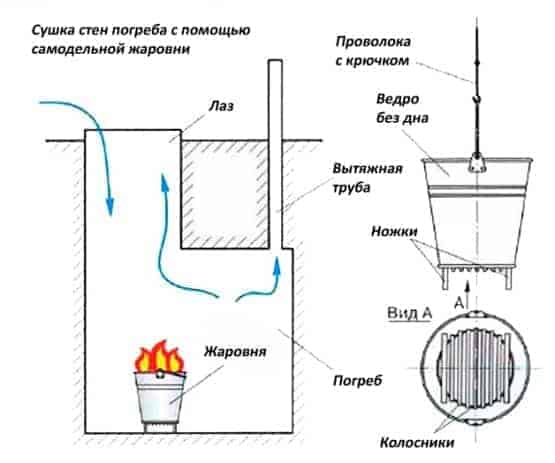
Use of dehumidifiers
Moisture must be removed, we remove all products and objects from the cellar, especially those that are flammable. Then choose a method of drying air and surfaces:
- Based on the ventilation system. Even if the air circulates naturally in the cellar, it is permissible to choose this method. This group includes electrical appliances: industrial hair dryer, heat gun, specialized equipment (air dryer). More dangerous methods: gas burner, potbelly stove and kirogaz.
- The use of hygroscopic (absorbent) materials, they absorb moisture, but only up to a certain point. Any hygroscopic material can absorb and release liquid, which occurs when the pores in the structure are completely filled and under the influence of external loads.
If the first group of funds is considered, special attention is paid to the air dryer. Such devices pass the air flow through themselves. Inside, it passes through a chamber with cold air. As a result, condensate is formed, which settles on the walls of the tray specially provided for this task. If you are considering a heat gun or an industrial hair dryer, you should pay attention to models that are characterized by a power in the range of 2-3 kW. Less powerful devices will run slower.
The use of a potbelly stove, gas burner or kyrogaz in the basement is complicated by the risk to health and life. This is due to the fact that carbon monoxide is released during the operation of such devices. It is impossible to be in the cellar until the device completes its work, and the harmful substances do not disappear. In addition, when burning, an open fire intensively heats surfaces and air. Sometimes the average temperature during the drying of the cellar reaches +70°C.
If methods of moisture removal without ventilation are being studied, bulk materials that absorb water well are considered. You can fill the floor in the cellar with salt, sawdust, newspapers, cardboard, corks, slaked lime. These are absorbent materials that absorb excess moisture. They should be changed periodically. To remove condensate, any of the materials or substances with such properties are left in the cellar for a while. This method will not completely solve the problem, but it will help to get rid of moisture for a short time.
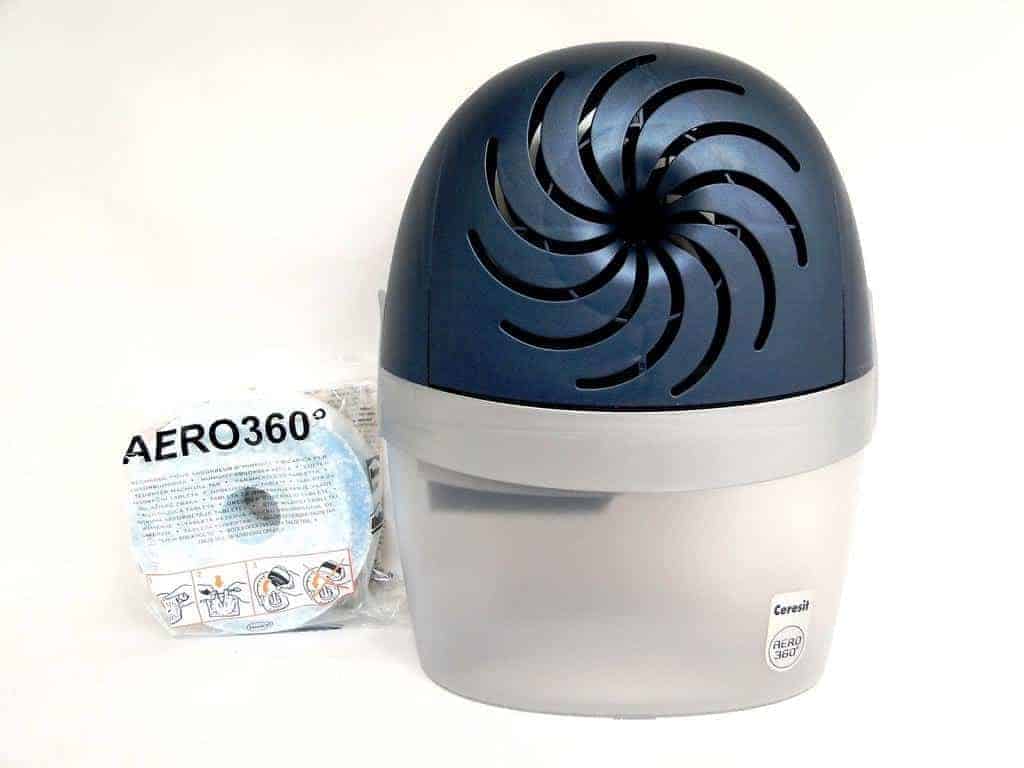
Organization of the correct inflow and outflow of air
If the ventilation works effectively, the room will be dried out, there are two ways to dry the cellar after flooding or deformation of the supporting structure:
- natural;
- forced.
The inflow and outflow of air are enhanced by installing pipes in the upper and lower parts of the room. It is recommended to place them at opposite points. The top pipe must face the street. To prevent condensation from forming on communications, they are insulated. Forced ventilation implies the need to install a fan, while the dampness in the basement will go away faster.
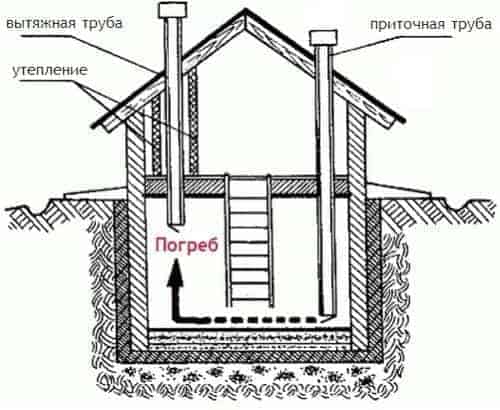
Internal waterproofing
If cracks appear in the foundation, they can be the cause of capillary moisture. To eliminate such a defect, sealing of leaks is carried out. Sequence of work:
- the cellar must be dried using any of the above methods;
- from the wall and floor, sections of the rough coating are removed, which are crumbling;
- dirt, dust are removed from the cracks;
- large defects are eliminated with cement mortar, if the leaks are small, they are filled with woven material, and then covered with silicone sealant;
- given that dampness in the cellar may appear from time to time, it is recommended to treat all surfaces with an antifungal compound;
- from above, the structure is covered with a material for waterproofing.
As a moisture barrier, use any of the following options:
- Roll waterproofing of the floor and walls: roofing material, hydroisol. From above, the coating is protected by a moisture-resistant finishing material.
- Injection waterproofing. It consists in introducing a special composition into concrete. The material fills the pores and prevents the penetration of water into the structure of the walls and floor.
- Mastic, polymer resins. Such compositions can only be used as auxiliary insulation, since they do not provide 100% protection against leaks.
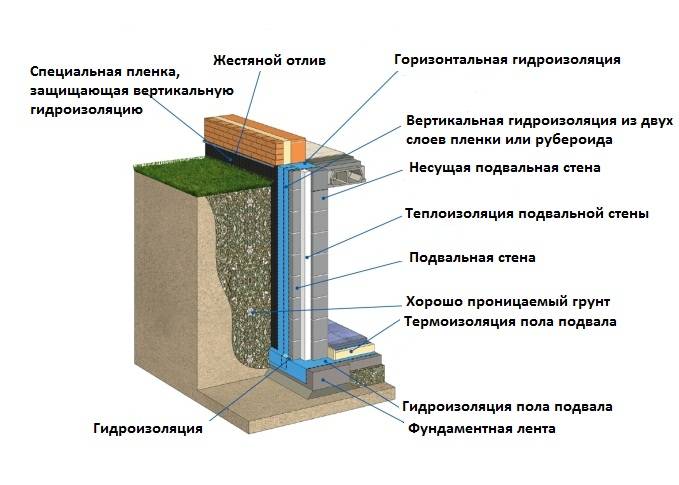
Outdoor waterproofing
It is necessary to maintain a microclimate in the cellar, in which the concentration of moisture in the air is lowered, it is possible to lower the humidity by organizing a drainage system from the supporting structures:
- Remove the blind area.
- It is recommended to dig a trench 50 cm wide along the perimeter of the outer walls of the basement / cellar.
- The walls are dried, plastered, antifungal composition is applied.
- The supporting structures are covered with mastic or concrete mortar with glass additives.
- Build a blind area using roofing material.
- Produce backfilling with soil.
Groundwater diversion
Constantly damp basement / cellar and accumulation of water on the floor can cause the structure to collapse. To avoid such troubles, it is recommended to divert groundwater (stormwater, drainage are being arranged). Sequencing:
- Excavation is carried out along the perimeter of the foundation.
- Arrange drainage.
- Strengthen the foundation, then it is isolated from moisture outside and inside.
- A blind area is made around the perimeter of the base.
Additionally, sand and gravel are poured onto the cellar floor. Thanks to this, groundwater will not rise to floor level.
Conclusion
To reduce the humidity in the cellar, it is recommended to find the cause of this phenomenon. If all negative factors are eliminated, it is possible to keep the supporting structures intact, because excess fluid adversely affects materials. It is recommended to use a complex method of moisture control. If it was possible to normalize the microclimate in the underground, in the future it is necessary to control the parameters of the air environment in this room.

